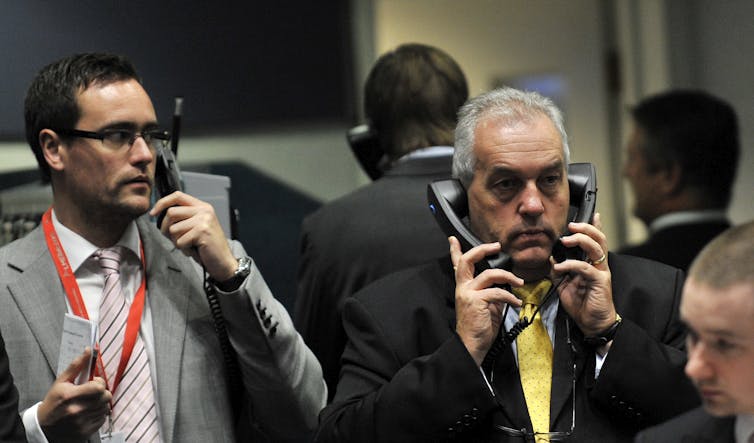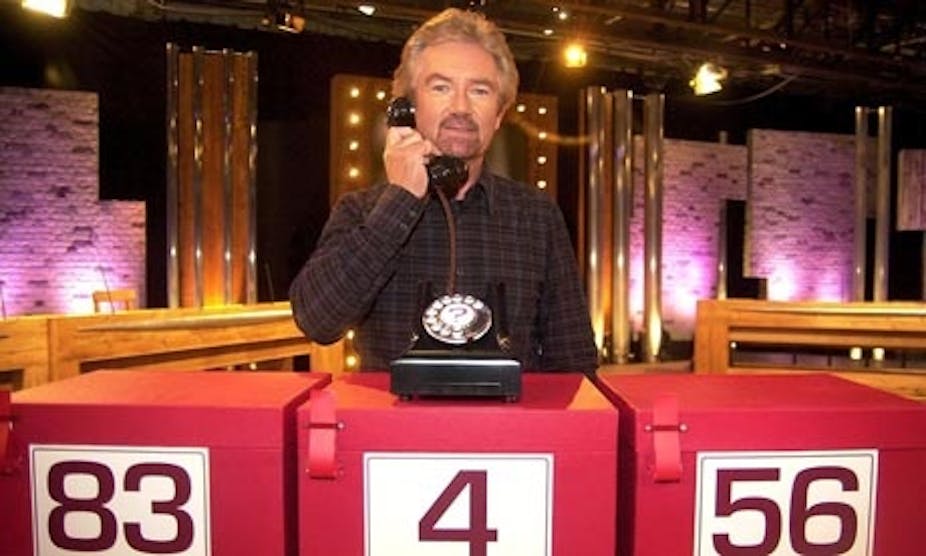Remember the Fawlty Towers episode in which a slice of veal that may or may not have been coated with rat poison is rescued from the kitchen floor and prepared for the plate of a visiting health inspector? “What the eye don’t see,” chirps Basil’s ever-insouciant cook, while casually dusting down the offending cutlet, “the chef gets away with.”
Many feel that a similar philosophy has too often been applied in the world of finance. Accordingly, the financial industry faces mounting pressure to submit to greater public scrutiny. Naturally, little or no transparency is a bad thing. But might the same also be said about too much transparency?
Psychology of decision-making
Given that it involves the psychology of decision-making and potentially serious financial repercussions, this issue is an interesting one for behavioural economists. One question of fundamental significance is the relationship between openness, anonymity and the degree to which people are willing to take risks.
This brings us to another TV classic. It might not quite rank alongside Fawlty Towers, but when it comes to illustrating how individuals behave under pressure for financial reward it’s perhaps more instructive than Basil’s most maniacal turns.
Deal or No Deal, like many simple concepts, can be extremely revealing. The TV show, where contestants must choose one of 22 identical boxes with a range of prizes (from 1p to £250,000) inside, offers a good illustration of prospect theory. This theory, developed by Daniel Kahneman and Amos Tversky, gives a psychologically plausible description of how people make risky choices. You may not know it, but when you’re watching Deal or No Deal you’re getting some fantastic insights into how people choose between probabilistic alternatives that involve risk.
In the study I recently completed with colleagues in Amsterdam and Rotterdam, we conducted experiments that mimicked the Deal or No Deal format. The general idea was to find out how being in the limelight affects an individual’s attitude to risk.
Risk takers
As with the TV programme, contestants could either accept a known cash offer from an imaginary “banker” or hold out for a mystery amount contained in a box they pre-selected at random at the start of the game. The prize money ranged from €0.01 to €500. Students either played the game in a laboratory environment on a private computer terminal or in a simulated game-show environment with an audience, a host and cameras. This way we could see how people acted in different circumstances.
We found that players in the game show environment demanded a considerably lower offer before agreeing to a deal. The apparent reason for this was that they had a greater fear of losing, relative to earlier expectations, if the risky gamble didn’t pay off.

Many might consider this surprising. After all, there’s a popular conception that contestants on game shows tend to play to the audience in the hope they’ll be thought of as entertaining. But our results suggest this isn’t so.
On the contrary, our subjects found being in the limelight comparatively constraining and anonymity comparatively liberating. In other words, making decisions in public doesn’t encourage us to show off: rather, it increased the fear of losing face after going out on a limb.
No profit without risk
Those who believe the financial industry has been taking too much risk may see this as eminently desirable. At the same time, however, it’s vital to remember there’s no profit without risk.
Overall, even when they are anonymous, people show a tendency to place too much emphasis on potential losses when evaluating risky prospects. Indeed, students playing the Deal or No Deal game in the laboratory also put undue emphasis on potential losses relative to potential gains. If we want to improve the quality of decision-making then we need to resist this tendency, not encourage it.
Make no mistake: transparency has its merits. Above all, a degree of transparency is needed to prevent misconduct and potential fraud. The growing calls for ever-greater scrutiny are wholly understandable, particularly at a time when wider awareness of the investment world’s importance and complexity is on the rise.
Ultimately, though, too much transparency may lead to an overly bureaucratic and unduly timid financial sector. Overcautious decisions that arise from excessive transparency will cost clients and shareholders money and harm the economy.
Nobody wants to dine on veal with a rat poison dressing so sufficient levels of transparency are needed. But nobody wants bread and water every day either – and that’s the risk if any meaningful measure of freedom is denied.

